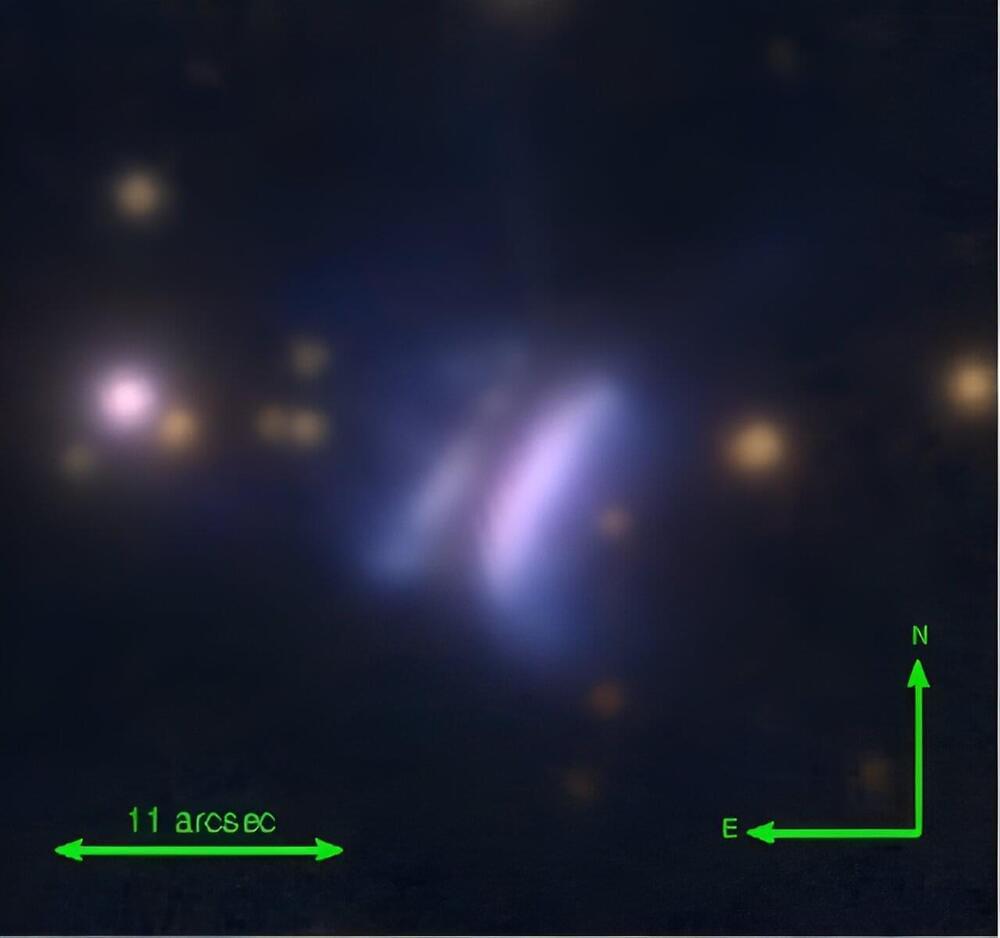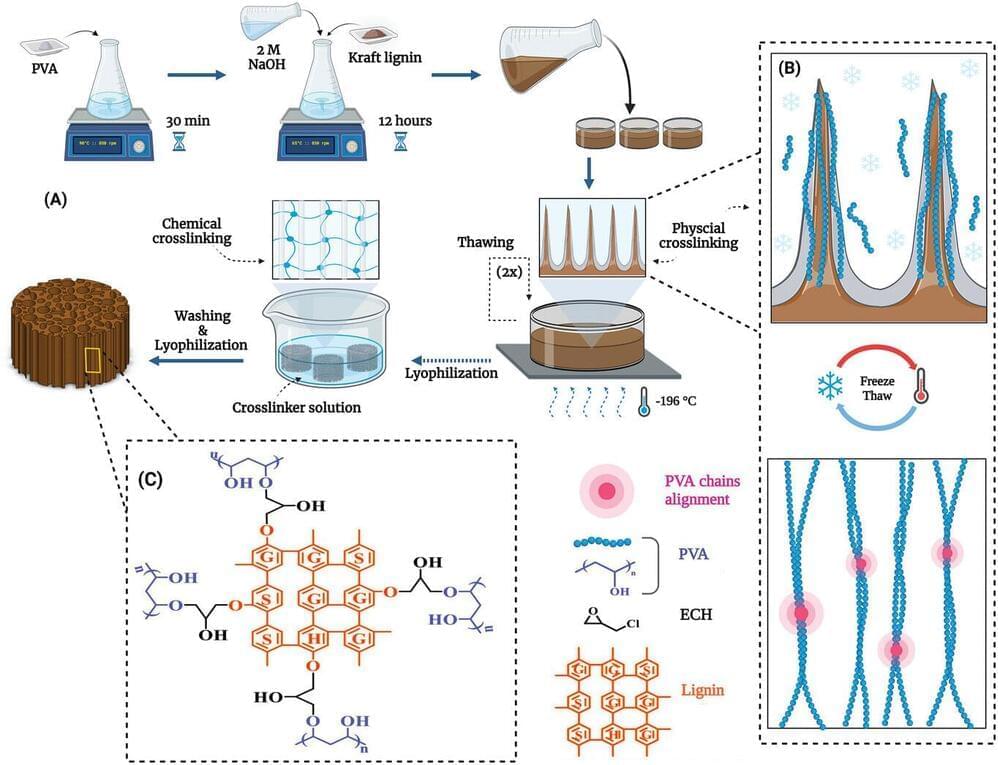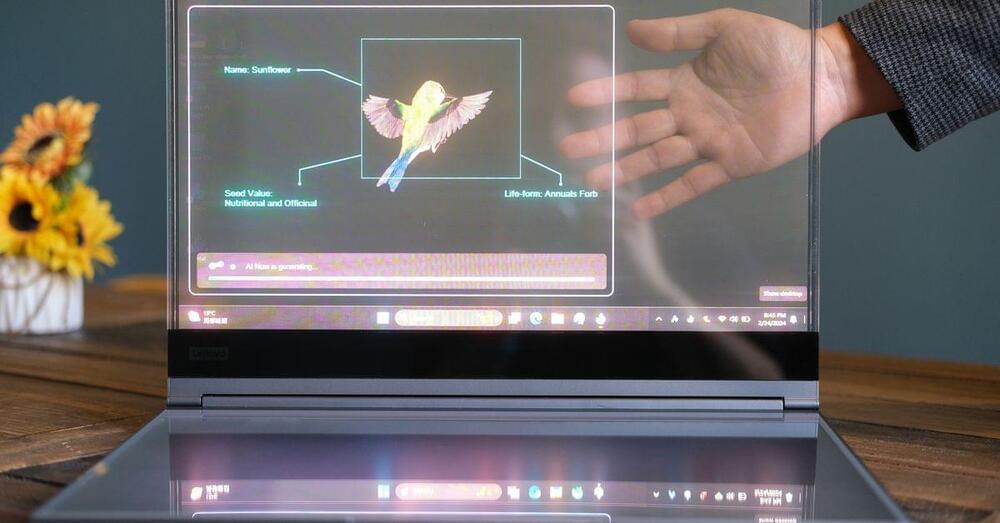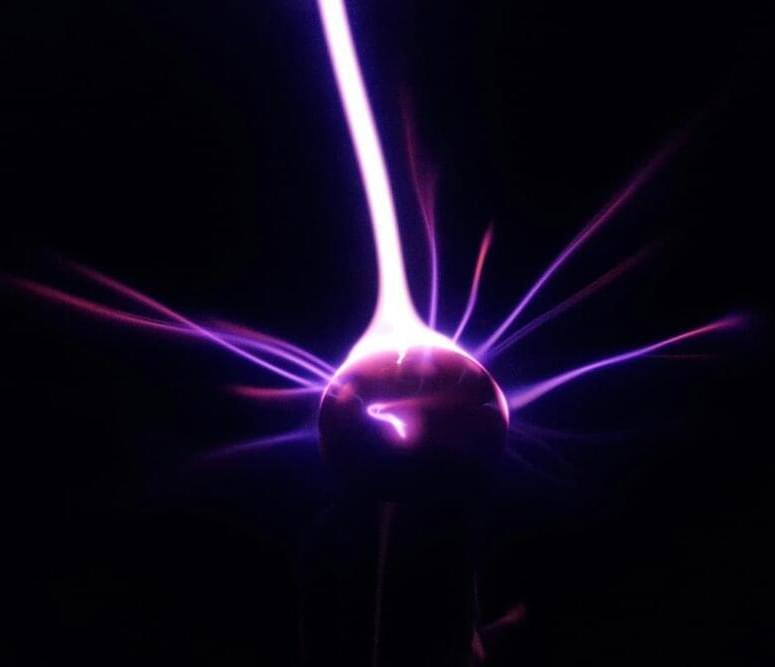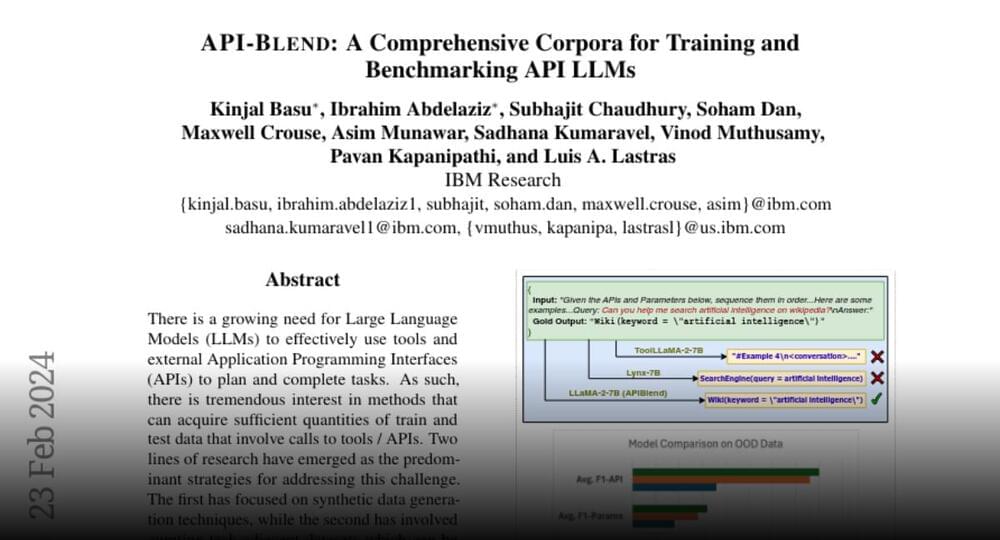A protoplanetary disk is a disk of dense gas and dust, orbiting a newly formed star. It is assumed that planets are born by the gradual accumulation of material in such a structure, therefore discoveries and studies of protoplanetary disks are essential for improving our understanding of planetary formation processes.
Now, a team of astronomers led by Ciprian T. Berghea of the U.S. Naval Observatory (USNO) in Washington, DC, has discovered a new disk of this type that is associated with an infrared source known as IRAS 23077+6707. The finding was made by inspecting the Pan-STARRS data while working on a variability study of active galactic nuclei (AGN) candidates.
